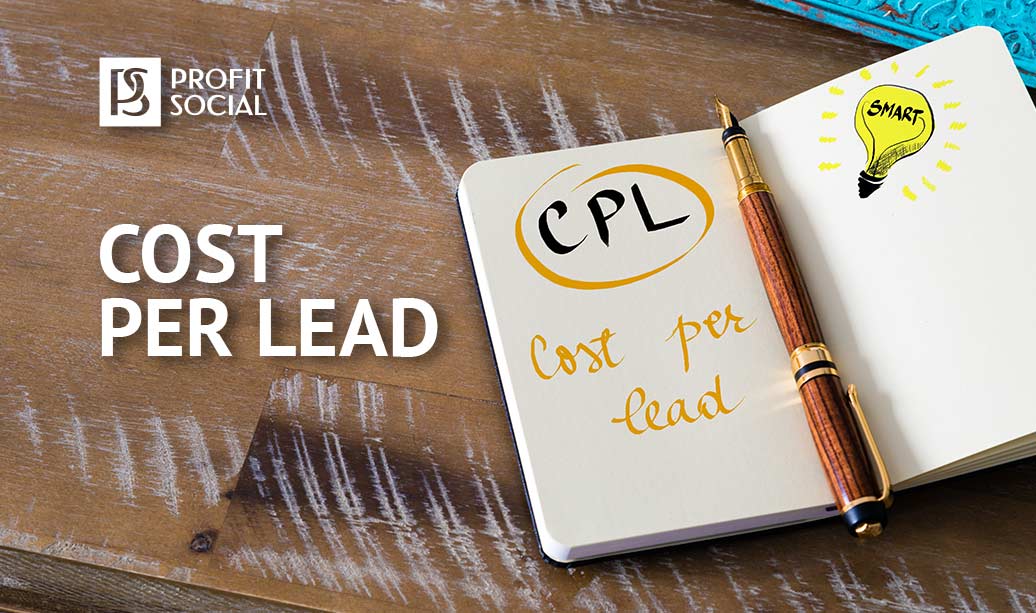Online advertising is such a big market.
It is estimated that spend on advertisements in general is above $600 billion and digital’s share of the total advertisements in the world today will hit 50% next year.
If you are new to online advertising then you have probably seen a lot of jargon and you aren’t really sure what it means. What is CPL? What is CPA? How does an ad network actually work?
For people who are new to the game the whole system can seem incredibly confusing however we are here to help. While we aren’t going to give a full breakdown of absolutely everything to do with the online advertising world we are going to go into something call CPL or cost per lead.
Before we do that, we need to actually find out what a lead is.

Let’s define a lead
A lead is very simple to define.
It is when an individual or business gets the contact details of someone who is interested in their products. The idea is that having their contact details is the first step which can potentially ‘lead’ to a sale.
Leads are incredibly valuable. They give a business or an individual a high chance of making a sale. Rather than waiting for someone to make a purchase, having their contact details after they have shown an initial interest in what you have to offer means that, if your marketing is done right, then there is a high possibility that you will make money.
This brings us onto the whole point of this article – to look at something called cost per lead which is more commonly known as CPL.
What is CPL?
So, a lead is something that is highly valuable however how do these people and these businesses get leads in the first place?
Cost per lead is an online advertising pricing model that pays a publisher – someone that displays an ad on their digital space – for each lead that is generated. CPL is one of the most common advertising pricing models although we will look at some others below.
The great thing about the advertiser’s point of view is that they only pay when they actually get a lead (as opposed to other offers like CPM) and it means that they have a high potential to make money so even though they are paying for the cost of each lead they should still make a profit in the long term.
How does this work in practice?
Well, let’s say that you are displaying ads for a web design service on your site. When someone clicks on that ad and then gives over their email address or whatever contact information is necessary because they are interested in the service that the company offers, you get paid!
CPL v other offers
As we mentioned above, CPL offers and marketing are not the only players in town. There are many others and we are going to look at CPA and CPM.
CPL v CPA
CPA standard for cost per acquisition and there are differences between the two.
With CPL you get paid per lead and it is generally easier to get a ‘conversion’ with a CPL model because it is essentially someone giving over their contact details. CPA is a bit different because to get paid with a CPA offer you need that user to make a purchase.
When a sale is made then you, as someone who publishers the ad, get paid. On the one hand this means that the offers have a higher pay out with CPA because it is harder to do however you are likely to generate a lot of leads depending on the ad and the market.
CPL v CPM
Next we have CPM which stands for cost per mille.
Mille means 1000 views. So, unlike the CPL marketing model where you get paid per leads that you generate with CPL you get paid when the ad is viewed 1000 times.
The problem here is that the offer pay outs for CPM are low. The user doesn’t need to take any action like they do with CPL (give over their details) or CPA (make a purchase) so the amounts aren’t going to be as high.
That being said, with a site that receives a lot of traffic and even given the low pay outs, CPM can still be lucrative for some businesses.
Using CPL marketing
Now you know what cost per lead is and how it stacks up against the other online advertising models that are out there.
Cost per lead has been around for a long time. Many people make a lot of money from it and creating your CPL strategy is paramount to its success. Regardless of what market you are operating in or what ads you are showing on your digital space, CPL can be a potential money maker if done the right way.

